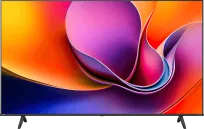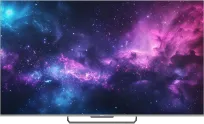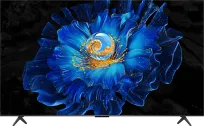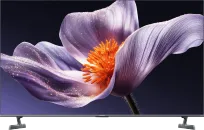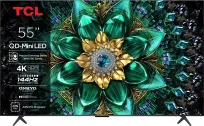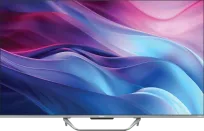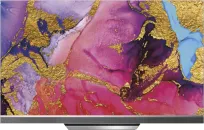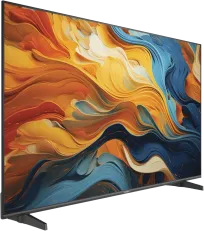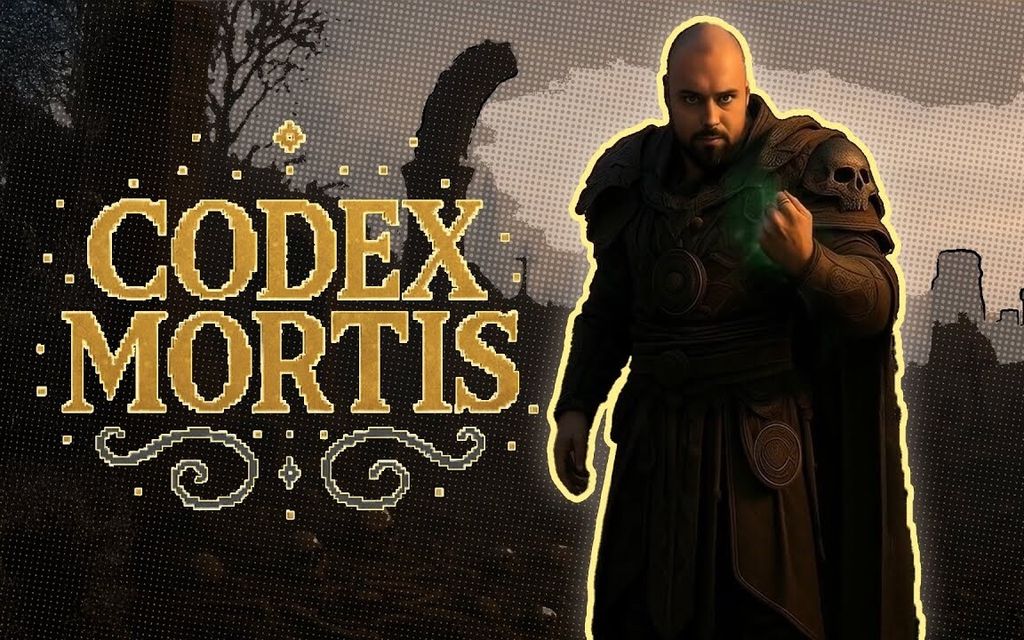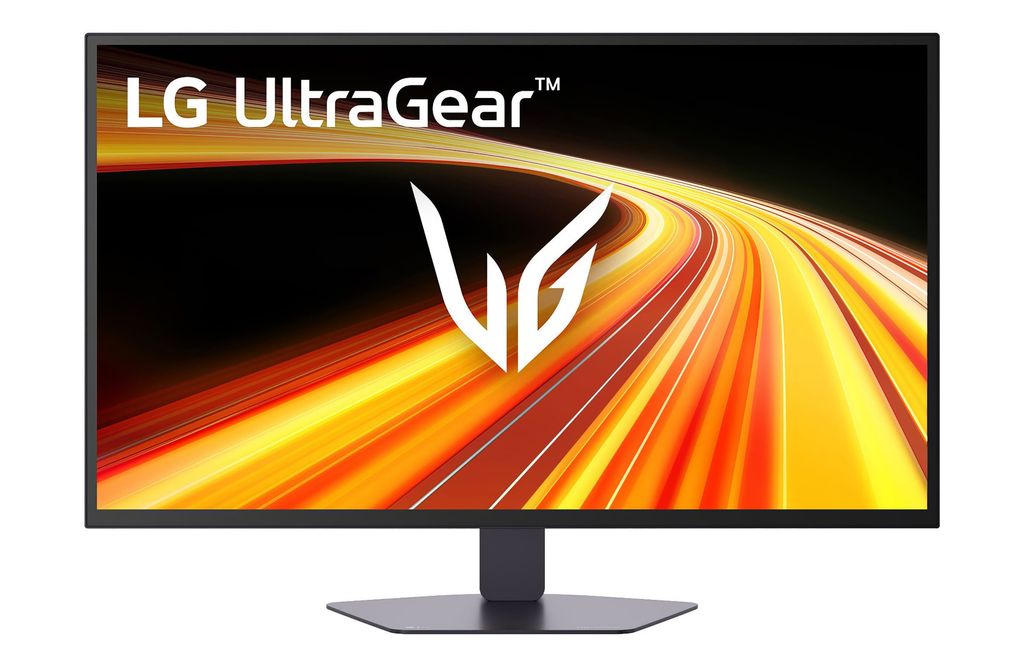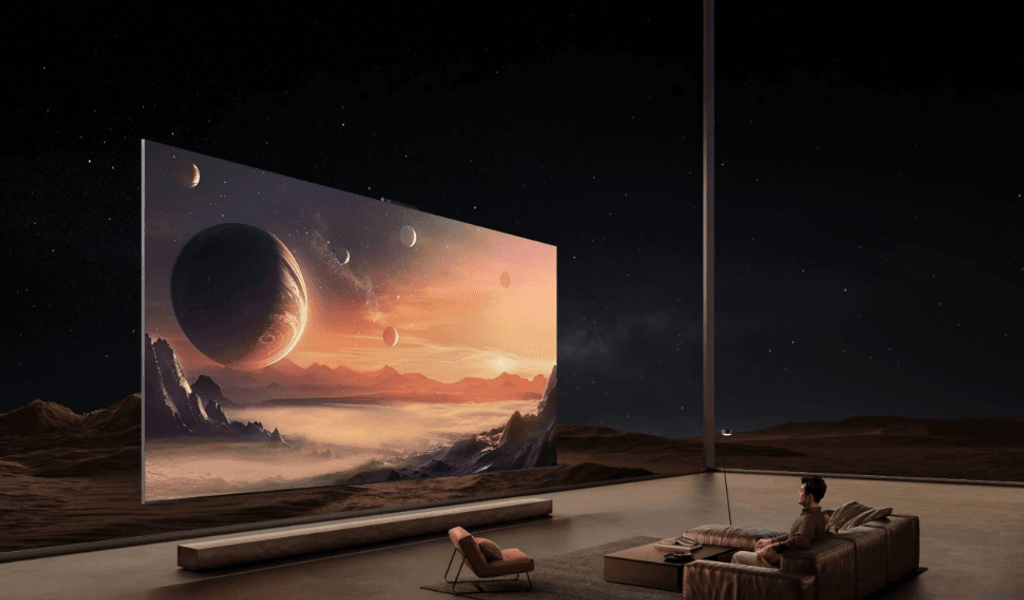
Love, Death & Robots is back – one series, dozens of worlds. Series to the Past #1
It was meant to be an experiment, but it became a hallmark of Netflix and their capabilities when it comes to visual presentation. Often regarded as the best animated series created by Netflix. On 15th May, we had the premiere of the 4th season of Love, Death & Robots. To celebrate the launch of this unique anthology, we decided to take a fresh look at the entire series to find the elements that made it such an exceptional work. Can it truly be the case that an anthology, which not only has a different story in each episode but also varies in its visual style, can remain forever in pop culture?
This is the first article in this series. We will discuss many works as we revisit series that have made their mark in the history of pop culture. So, I invite you to a series of articles: Series to the Past!
From photorealism to pure abstraction – each episode presents a new approach to form!
What distinguished the series from the very beginning is the fact that it does not adhere to a single style. It resembles more a collection of business cards from various artists and animation studios from around the world. Precisely, each episode showcases a completely new studio, a new type of visualisation, new tools, and new voice actors (and not only: season 4 includes an episode titled: Golgotha, which features actors). For example, we will discuss a few exceptional episodes without major spoilers, and we will skip season four:
First up is the episode “The Immortal Art” (s1e14) – a classic from the first season. Here the creators opted for a minimalist, somewhat retro comic book aesthetic. Distinct outlines, simple colours, and slightly exaggerated stylisation create the atmosphere of a philosophical science fiction fairy tale. It’s an animation that resembles a graphic novel – seemingly static, yet pulsating with emotion and colour.




On the other hand, “The Witness” (s1e3) surprises with something entirely different. It is one of the most visually “lively” episodes – full of neon lights, with dynamic editing and exceptionally smooth camera movement. The whole was created by the Spanish studio Blow, which combined CGI with hand-animated textures and effects. The result? A visual extravagance that evokes futuristic thrillers in the style of “Blade Runner,” only more deeply immersed in the aesthetics of a techno club.
Meanwhile, “Mason's Rats” (s3e7) and “Life Hutch” (s2e7) show how close animation can be to realism. The latter episode, featuring Michael B. Jordan, hardly reveals that we are dealing with full CGI. Motion capture technology was used here to transfer every facial grimace, muscle tension, and gaze – the final effect hardly differs from live-action cinema. The action takes place in a claustrophobic escape capsule, and the weight of emotions and horror is amplified by every detail: sweat on the forehead, light reflections, subtle close-ups. This is animation on the verge of illusion between CGI and the real world, and that is precisely how it gains its power, “too real to not hurt.”
A visual feast and a psychological trip. This Netflix series does more than many plots!
What connects such diverse episodes is the quality. Whether you’re watching the grotesque CGI from the episode “Three Robots” (s1e2), the cel-shaded fantasy styling as seen in “Bad Travelling” (s3e2), or the painterly animation of “Jibaro” (s3e9), you feel that these are not just adult fairy tales. These are refined, often experimental artistic visions that do not forget that emotions are always the most important aspect of a spectacle.
Importantly, each visual design has been chosen based on the story it is meant to tell. If an episode is chaotic and crazy – like “Kill Team Kill” (s3e5) – we get animation straight out of Cartoon Network on steroids. And when the plot delves into poetic or tragic realms – as in “Jibaro” (s3e9) – the creators lean towards an almost spiritual aesthetic, with choreography and colour that overwhelm with their intensity.




What's more – short formats, no boredom!
One of the important assets of the series is the length of the episodes. Most of them last from 5 to 20 minutes – and it's no coincidence. This way, even if the plot is simple, the theme is familiar, and the characters are only sketched, there is no time to get bored. Short formats allow for a focus on what really makes an impression, namely the atmosphere, presentation, and the rhythm of the story. This works particularly well in narratives that could become diluted in full length. In this case, they simply hit us: quickly and effectively.
Sound design? Just as good as the image – and equally underrated!
Although sight dominates, one cannot forget about the soundtrack. Many episodes of the series utilise sound not just as a backdrop, but as an integral part of the narrative. In “Jibaro”, there is not a single spoken line. Everything is based on the sounds of the body, breath, water, metal, and screams. Surprisingly, in this setting, it is louder than any other dialogue, especially thanks to those sensory impacts.
In “Good Hunting”, sound plays the role of a guide between eras. Initially, we hear calm, Asian melodies, the breath of nature, and silence, only for them to give way to the sounds of a mechanised city, the hiss of steam, and the clattering of machines. The contrast in the audio layer perfectly complements the change in the world and characters in the episode.
Meanwhile, in “Pop Squad”, we see how masterfully mood can be created through sound. Where other episodes focus on effect, suddenly we are met with silence in the ears. The rain and the echo of an empty flat aim to build an atmosphere of loneliness and moral conflict. The soundtrack acts here like a subtle pang of conscience, quietly present but impossible to ignore.



The only series that captures the eye, ear and brain – and still maintains its quality!
There is no other series like it. "Love, Death & Robots" has proven to be more than just an ordinary anthology with elements of science fiction. They have created some kind of festival of visualisations, ideas and styles. A series that can be watched like an art exhibition, designed to inspire graphic artists and filmmakers.
It is also a work that almost demands to be viewed on a high-quality screen – OLED, Mini-LED or simply something with good blacks and strong contrast. It is worth watching this series on a television that can fully deliver the creators' vision – every detail, light, texture and movement. So, take a look at our rankings of cheap televisions, as well as our comparisons of LG and Samsung models that perform best with this type of animation.
 Katarzyna Petru
Katarzyna Petru